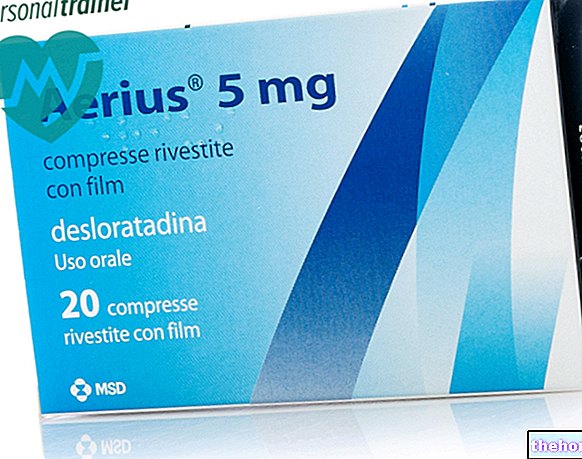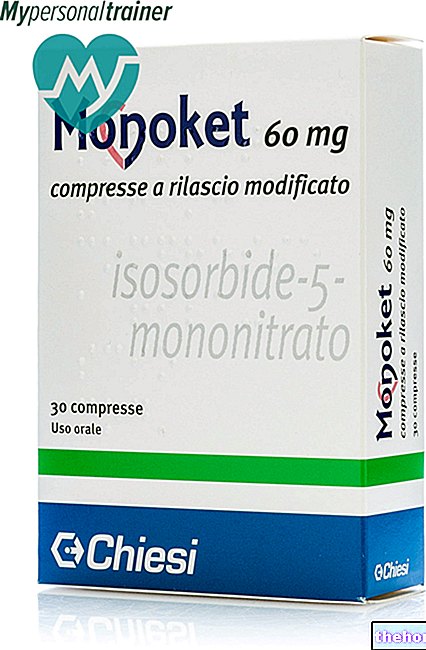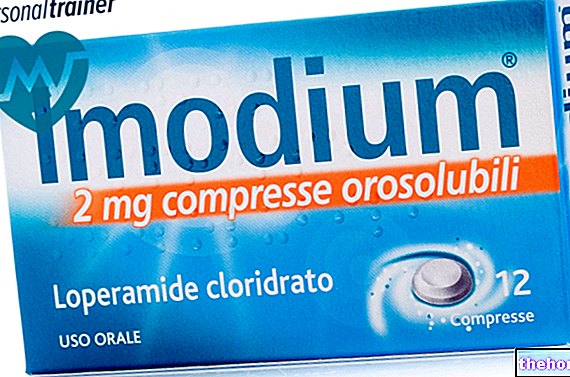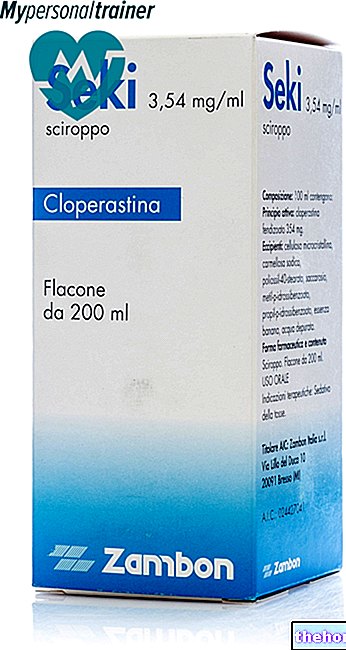Active ingredients: Gentamicin (Gentamicin sulfate), Betamethasone (Betamethasone valerate)
FIDAGENBETA 0.1% + 0.1% cream
Why is Fidagenbeta used? What is it for?
PHARMACOTHERAPEUTIC CATEGORY
Active corticosteroids, combinations with antibiotics.
THERAPEUTIC INDICATIONS
Topical treatment of secondarily infected allergic or inflammatory dermatoses or when there is a threat of infection. Their indications include: eczema (atopic, infantile, nummular), anogenital and senile pruritus, contact dermatitis, seborrheic dermatitis, neurodermatitis, intertrigo, solar erythema, exfoliative dermatitis, radiation dermatitis, stasis dermatitis and psoriasis.
Contraindications When Fidagenbeta should not be used
Cutaneous tuberculosis, herpes simplex, as well as in the presence of viral diseases with skin localization. The product is also contraindicated in patients with hypersensitivity to the active ingredients (gentamicin sulfate; betamethasone valerate) or to any of the excipients.
Precautions for use What you need to know before taking Fidagenbeta
In case of irritation or sensitization related to the use of the product, the treatment must be suspended and an adequate therapy instituted. Any of the undesirable effects described for systemic corticosteroids, including hypoadrenalism, can also occur with topical corticosteroids, especially in pediatric patients (see also "Special Warnings"). Systemic absorption of topical corticosteroids increases with treatment of large skin surfaces or with the use of occlusive dressing. In such cases, or when prolonged treatment is planned, appropriate precautions are required, particularly in pediatric patients.
The use of topical antibiotics sometimes allows the proliferation of non-sensitive organisms including fungi. In this case, or if irritation, sensitization or superinfection develops, treatment with gentamicin should be suspended and specific therapy instituted.
Interactions Which drugs or foods can modify the effect of Fidagenbeta
None known.
Warnings It is important to know that:
The medicine contains chlorocresol which can cause allergic reactions. The medicinal product also contains cetostearyl alcohol which may cause local skin reactions (eg contact dermatitis).
The product cannot be used for ophthalmic use.
Use in pediatrics: pediatric patients may prove more sensitive than adults to the depression of the hypothalamic-pituitary-adrenal axis induced by topical cortisone and to the effects of exogenous corticosteroids, given the greater absorption due to the high ratio of skin surface to body weight.
Depression of the hypothalamic-pituitary adrenal axis, Cushing's syndrome, growth retardation and weight growth, and intracranial hypertension have been described in children treated with topical corticosteroids. In children, manifestations of hypoadrenalism include low cortisol levels and failure to respond to ACTH stimulation. Manifestations of intracranial hypertension include fontanel tension, headache, and bilateral papilledema.
Use in pregnancy and lactation: the safety of topical corticosteroids has not been established in pregnant women; therefore, during pregnancy, the use of drugs belonging to this class must be limited to cases where the expected benefit justifies the potential risk for the fetus. In pregnant patients these drugs should not be used intensively, at high doses or for long periods of time.
It is not known whether topical administration of corticosteroids can result in sufficient systemic absorption to produce measurable concentrations in breast milk. Therefore, a decision must be made whether to discontinue breastfeeding or to discontinue therapy, taking into account the importance of the drug to the mother.
The product cannot be used for ophthalmic use.
Dosage and method of use How to use Fidagenbeta: Dosage
Apply a small amount of cream to the affected area 2-3 times a day.
Refractory psoriatic lesions and secondary infected deep dermatoses may respond better to corticosteroid therapy and local antibiotics when used with the occlusive dressing technique described below.
Occlusive dressing technique:
- apply a thick layer of cream on the entire surface of the lesion under a light gauze and cover with transparent, waterproof and flexible plastic material, beyond the edges of the treated area;
- seal the edges on healthy skin with a plaster or other means;
- leave the dressing "in situ" for 1-3 days and repeat the procedure 3-4 times as needed.
With this method, a noticeable improvement is often observed within a few days. Rarely, miliary rashes of folliculitis develop on the skin under the dressing requiring removal of the plastic covering.
Overdose What to do if you have taken too much Fidagenbeta
Symptoms: Excessive or prolonged use of topical corticosteroids may depress adrenal pituitary function, causing secondary hypoadrenalism and manifestations of hypercorticism including Cushing's syndrome. A single episode of gentamicin overdose should not produce any symptoms. Prolonged and excessive use of topical gentamicin can lead to the formation of lesions due to non-sensitive fungi and bacteria.
Treatment: Appropriate symptomatic treatment is indicated. Symptoms of acute hypercorticism are usually reversible. If necessary, treat the electrolyte imbalance. In the case of chronic toxicity, slow elimination of the corticosteroid is recommended. In the case of proliferation of fungi and bacteria, an "appropriate antifungal or antibacterial therapy is indicated.
Side Effects What are the side effects of Fidagenbeta
The following undesirable effects related to the use of topical corticosteroids have been described: burning, itching, irritation, dry skin, folliculitis, hypertrichosis, acneiform eruptions, hypopigmentation, perioral dermatitis, allergic contact dermatitis.
By resorting to the use of the occlusive dressing, undesirable effects such as skin maceration, secondary infection, skin atrophy, striae and miliary may occur more frequently.
Gentamicin treatment may produce temporary irritation (erythema and itching) which usually does not require discontinuation of treatment.
Compliance with the instructions given in this leaflet reduces the risk of side effects. The patient should report any undesirable effect to the treating physician or pharmacist, if any.
Expiry and Retention
Expiry: see the expiry date indicated on the package.
Warning: do not use the medicine after the expiry date indicated on the package.
The expiry date indicated refers to the product in intact packaging, correctly stored.
Keep this medicine out of the reach and sight of children.
Other information
COMPOSITION
100 g of cream contain:
- Active ingredients: Gentamicin 0.1 g (as gentamicin sulfate) Betamethasone 0.1 g (as betamethasone valerate)
- Excipients: Chlorocresol, cetostearyl ether macrogol, cetostearyl alcohol, white petroleum jelly, liquid paraffin, sodium phosphate dihydrate, sodium phosphate dodecahydrate, purified water.
PHARMACEUTICAL FORM AND CONTENT
Cream tube of 30 grams.
Source Package Leaflet: AIFA (Italian Medicines Agency). Content published in January 2016. The information present may not be up-to-date.
To have access to the most up-to-date version, it is advisable to access the AIFA (Italian Medicines Agency) website. Disclaimer and useful information.
01.0 NAME OF THE MEDICINAL PRODUCT
FIDAGENBETA
02.0 QUALITATIVE AND QUANTITATIVE COMPOSITION
100 g of cream contain:
Active principles:
Gentamicin 0.1 g (as gentamicin sulfate)
Betamethasone 0.1 g (as betamethasone valerate)
For excipients: see 6.1
03.0 PHARMACEUTICAL FORM
Cream.
04.0 CLINICAL INFORMATION
04.1 Therapeutic indications
Topical treatment of secondarily infected allergic or inflammatory dermatoses or when there is a threat of infection. Their indications include: eczema (atopic, infantile, nummular), anogenital and senile pruritus, contact dermatitis, seborrheic dermatitis, neurodermatitis, intertrigo, solar erythema, exfoliative dermatitis, radiation dermatitis, stasis dermatitis and psoriasis.
04.2 Posology and method of administration
Apply a small amount of cream to the affected area 2-3 times a day.
Refractory psoriatic lesions and secondary infected deep dermatoses may respond better to corticosteroid therapy and local antibiotics when used with the occlusive dressing technique described below.
Occlusive dressing technique:
apply a thick layer of cream on the entire surface of the lesion under a light gauze and cover with transparent, waterproof and flexible plastic material, beyond the edges of the treated area;
seal the edges on healthy skin with a plaster or other means
leave the dressing "in situ" for 1-3 days and repeat the procedure 3-4 times as needed.
With this method, a noticeable improvement is often observed within a few days. Rarely, miliary eruptions of folliculitis develop on the skin under the dressing requiring removal of the plastic covering.
04.3 Contraindications
Cutaneous tuberculosis, herpes simplex, as well as in the presence of viral diseases with skin localization. The product is also contraindicated in patients with hypersensitivity to the active ingredients or to any of the excipients.
04.4 Special warnings and appropriate precautions for use
In case of irritation or sensitization related to the use of the product, the treatment must be suspended and an adequate therapy instituted. Any of the undesirable effects described for systemic corticosteroids, including hypoadrenalism, can also occur with topical corticosteroids, especially in pediatric patients.
The systemic absorption of topical corticosteroids increases with the treatment of large skin surfaces or with the use of the occlusive dressing. In such cases, or when prolonged treatment is planned, appropriate precautions are required, particularly in pediatric patients.
The use of topical antibiotics sometimes allows the proliferation of non-sensitive organisms including fungi. In this case, or if irritation, sensitization or superinfection develops, treatment with gentamicin should be suspended and specific therapy instituted.
Use in pediatrics: pediatric patients may prove more sensitive than adults to the depression of the hypothalamic-pituitary-adrenal axis induced by topical cortisone and to the effects of exogenous corticosteroids, given the greater absorption due to the high ratio of skin surface to body weight.
Depression of the hypothalamic-pituitary-adrenal axis, Cushing's syndrome, growth retardation and weight growth, and intracranial hypertension have been described in children treated with topical corticosteroids. In children, manifestations of hypoadrenalism include low levels of cortisolemia and failure to respond to stimulation. with ACTH Manifestations of intracranial hypertension include tension of the fontanelles, headache, and bilateral papilledema.
The medicine contains chlorocresol which can cause allergic reactions.
The medicinal product also contains cetostearyl alcohol which can cause local skin reactions (eg contact dermatitis).
The product cannot be used for ophthalmic use.
04.5 Interactions with other medicinal products and other forms of interaction
None known so far.
04.6 Pregnancy and breastfeeding
The safety of topical corticosteroids has not been established in pregnant women; therefore, during pregnancy, the use of drugs belonging to this class must be limited to cases where the expected benefit justifies the potential risk for the fetus. In pregnant patients these drugs should not be used intensively, at high doses or for long periods of time.
As it is not known whether topical administration of corticosteroids can result in sufficient systemic absorption to produce measurable concentrations in breast milk, a decision must be made whether to discontinue breastfeeding or to discontinue therapy, taking into account the importance of the drug to the mother.
04.7 Effects on ability to drive and use machines
The product does not alter the state of mental alertness.
04.8 Undesirable effects
The following undesirable effects related to the use of topical corticosteroids have been described: burning, itching, irritation, dry skin, folliculitis, hypertrichosis, acneiform eruptions, hypopigmentation, perioral dermatitis, allergic contact dermatitis.
By resorting to the use of the occlusive dressing, undesirable effects such as skin maceration, secondary infection, skin atrophy, striae and miliary may occur more frequently.
Gentamicin treatment may produce temporary irritation (erythema and itching) which usually does not require discontinuation of treatment.
04.9 Overdose
Symptoms: Excessive or prolonged use of topical corticosteroids can depress pituitary-adrenal function, causing secondary hypoadrenalism and manifestations of hypercorticism including Cushing's syndrome.
A single episode of gentamicin overdose should not produce any symptoms. The excessive and prolonged use of topical gentamicin can lead to the formation of lesions due to non-sensitive fungi and bacteria.
Treatment: Appropriate symptomatic treatment is indicated. Symptoms of acute hypercorticism are usually reversible. If necessary, treat the electrolyte imbalance. In the case of chronic toxicity, slow elimination of the corticosteroid is recommended. In the case of proliferation of fungi and bacteria, an "appropriate antifungal or antibacterial therapy is indicated.
05.0 PHARMACOLOGICAL PROPERTIES
05.1 Pharmacodynamic properties
Pharmacotherapeutic group: Active corticosteroids associated with antibiotics, ATC: D07CC01.
The product combines the broad-spectrum antibacterial effect of topical gentamicin with the anti-inflammatory, anti-allergic and anti-itching action of betamethasone 17-valerate.
The therapeutic effects of the two components are described separately below.
Gentamicin: gentamicin is produced by the fermentation of Micromonospora purpurea and is obtained as a white amorphous powder, soluble in water and stable to heat. This broad-spectrum antibiotic has been shown to be highly effective in the topical treatment of primary and secondary bacterial skin infections. Bacteria sensitive to gentamicin include lo Staphylococcus aureus (coagulase positive, coagulase negative and penicillinase producing strains), Gram-negative bacteria, Pseudomonas aeruginosa, Aerobacter aerogenes, Escherichia coli, Proteus vulgaris and Klebsiella pneumoniae and also streptococci (beta-haemolytic and alpha-haemolytic group A).
The results of the skin reaction tests carried out in the clinic have shown that gentamicin is not a primary irritant; moreover, gentamicin has a low skin sensitization index.
Betamethasone 17-valerate: this ester of betamethasone is highly effective in the topical treatment of dermatoses that respond to corticosteroid therapy.
Suppression of the inflammatory reaction produces prompt and prolonged control of pruritus, erythema and infiltration.
Reduced scratching decreases the likelihood of exacerbation of lesions and the establishment of secondary infections. Clinical studies carried out in various localized and systemic diseases sensitive to corticosteroids indicate that betamethasone 17-valerate produces a rapid and effective response in the majority of patients.
05.2 Pharmacokinetic properties
Transcutaneous absorption of topical corticosteroids is generally negligible, however it may increase if large skin surfaces are treated or occlusive dressing is used. Transcutaneous absorption is usually higher in children. Percutaneous absorption of gentamicin is usually absent.
05.3 Preclinical safety data
The preclinical data have little clinical relevance in the light of the vast experience acquired with the use in humans of the active ingredients contained in the medicinal product.
06.0 PHARMACEUTICAL INFORMATION
06.1 Excipients
Chlorocresol, macrogol cetostearyl ether, cetostearyl alcohol, white petroleum jelly, liquid paraffin, sodium phosphate dihydrate, sodium phosphate dodecahydrate, purified water.
06.2 Incompatibility
None.
06.3 Period of validity
2 years.
06.4 Special precautions for storage
No special precautions.
06.5 Nature of the immediate packaging and contents of the package
Aluminum tube internally coated with epoxy resin-based paint and closed with a PE capsule. 30 g
06.6 Instructions for use and handling
No particular education.
07.0 MARKETING AUTHORIZATION HOLDER
Fidia Farmaceutici S.p.A. - Via Ponte della Fabbrica, 3 / A - 35031 Abano Terme (PD)
08.0 MARKETING AUTHORIZATION NUMBER
FIDAGENBETA 0.1% + 0.1% cream - tube 30 g AIC 036661015
09.0 DATE OF FIRST AUTHORIZATION OR RENEWAL OF THE AUTHORIZATION
29/07/2005
10.0 DATE OF REVISION OF THE TEXT
15/02/2007




























